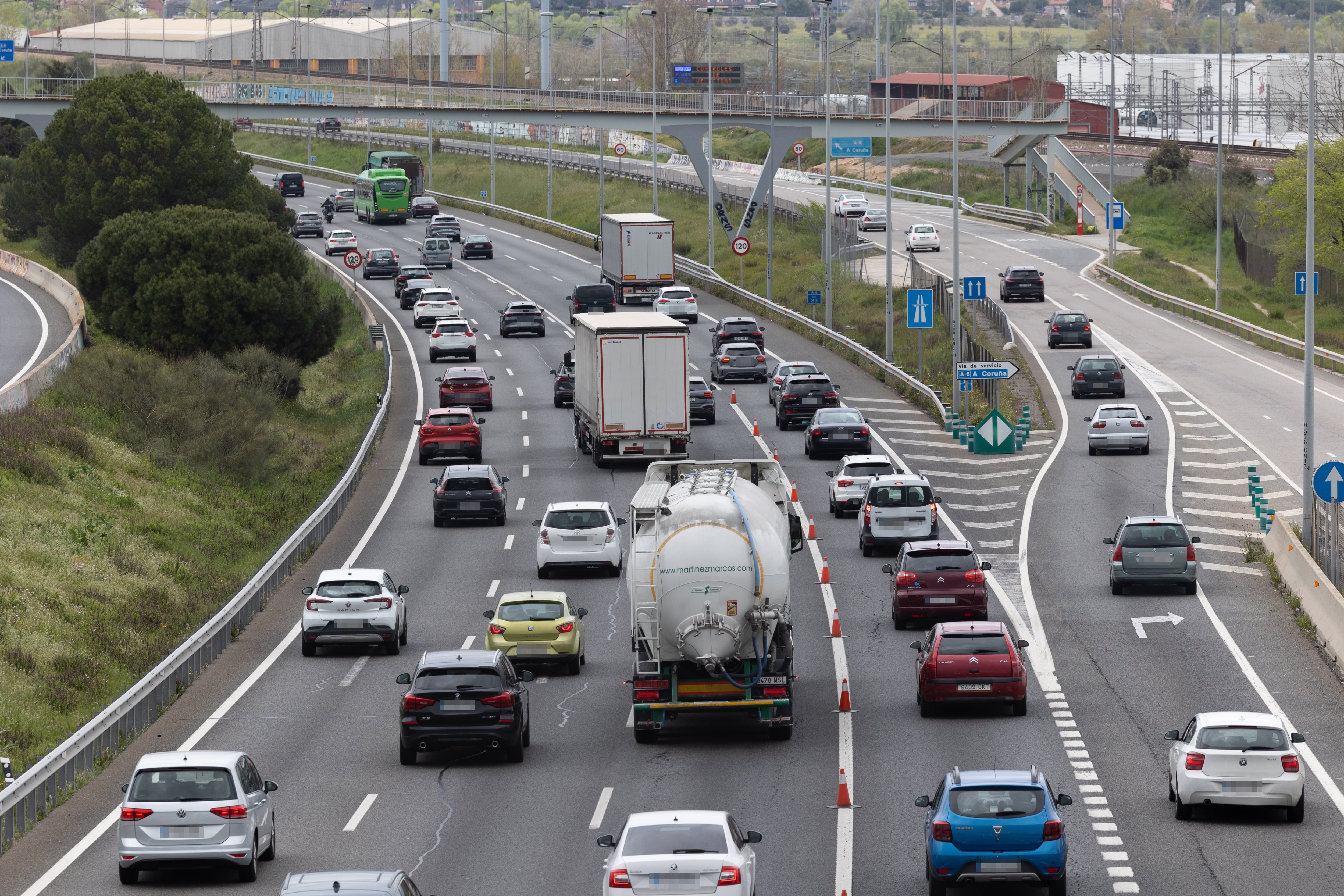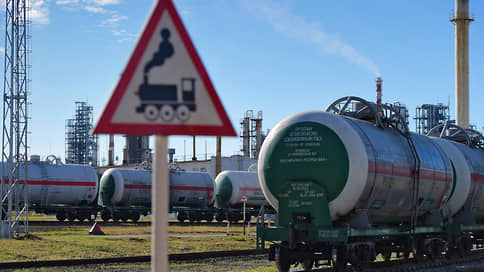The second phase of the Special Holy Week Traffic operation starts, 9 million displacements are expected | Spain

The General Directorate of Traffic (DGT) starts from 3:00 p.m. on Wednesday until midnight on Monday the second phase of the Special Holy Week operation. Traffic expects more than 9 million long -distance displacements to occur, 3.5% more compared to last year’s movements at this time, when 27 people died in traffic accidents.
This special traffic operation is the most important of the year. A notable is expected increased circulation At the departure of the big cities from noon on Wednesday, except in Catalonia and the Valencian Community, where the Operation Operation will begin on Thursday for being working in both communities. The attached deputy director of the DGT circulation, Ana Blanco, highlights that the challenge is growing, since there are more and more displacements. For this, Traffic has prepared this special plan with “measures to make the most of the infrastructure capacity, such as activating reversible lanes,” says Blanco, who points out: “Given possible incidents that could occur, we have prepared a special device so that the conditions to the circulation are as much as possible”.
Among the measures highlighted by the DGT to facilitate displacements, improve circulation and avoid accidents during this Holy Week, they will be enabled additional lanes to redistribute traffic, Road works have been temporarily suspended, the circulation of heavy vehicles has been limited and alternative itineraries have been designed to avoid, above all, the central area of the country, where there is greater saturation during this period. The operation has more than 5,800 agents of the Civil Guard Traffic Group, 657 operators in the traffic management centers, nine helicopters and 39 drones to monitor the state of the roads from the air in addition to a reinforcement in the technical personnel in charge of the maintenance of cameras, panels, signals and road beacons.
In addition, the DGT announces that the disseminated information about the state of real -time roads will be reinforced through its profiles on social networks (@Dgtes and @informacionndgt In X), the web portal infocate and the telephone service number 011.
The output operation, day by day
Wednesday, April 16. The DGT expects a notable increase in traffic from noon in all communities, except Catalonia and the Valencian Community, especially in the exits of large cities, both inside and in coastal areas. The withholdings are expected to increase as the afternoon progresses, and will progressively move to the destination zones. Traffic recommends avoiding traveling between 1:00 p.m. and 23.00.
Thursday, April 17. Traffic expects the flow of departures on the morning of Holy Thursday and, therefore, congestions in access and exits of the main urban and vacation nuclei. The most critical hours, according to the DGT, will be concentrated between 07.00 and 15.00. It is expected that between 12.00 and 23rd on Thursday the circulation in Catalonia and Valencian Community will be complicated, which will then be added to the output operation. Traffic complications are expected, especially in the accesses to the coast.
Friday, April 18. During the day of Good Friday, the DGT expects that the great displacements be reduced in the country as a whole, will be replaced by short journeys that will go to the leisure areas of the cities and, in the afternoon, movements towards the places where there are religious events.
Weekend: the return operation begins. The DGT expects that on Saturday afternoon the first return journeys will begin, although the return operation officially begins on Sunday, when high departure trafficking density of the tourist areas is expected. Traffic expects the greatest complications in the circulation between 11.00 and midnight on Sunday. To do this, he announces that he will establish special measures to facilitate the return in communities such as Andalusia, Madrid, Castilla y León, Castilla-La Mancha, Murcia, Galicia, Extremadura, Aragon, Asturias, Cantabria, Baleares and Canarias.
Monday, April 21. Monday is a holiday in Catalonia, Valencian Community, Navarra, Basque Country and La Rioja, so it is expected that citizens of these territories traveling during Holy Week return to their homes. Strong withholdings are expected in the access roads to these regions between 11.00 and midnight, when the Special Holy Week operation of the General Directorate of Traffic will officially concludes.
« Long live live »
The DGT launched this week a communication campaign to emphasize the importance of the Caution behind the wheel in the paths that are made during Holy Week to avoid accidents. In this year’s announcement, Traffic wanted to convey an optimistic message under the slogan « Long live Living ».
Production shows different moments of celebration, such as a wedding, a meal between friends in the field and the recreation courtyard of a school, and unites it with the plane of a road on the road. « We are a country that loves to live, we are very good to do it. We do it when we get together, when we celebrate, when we drive, » says the phrase of the actor Tristán Ulloa.
Almost all planes are zenith, correspond to the point of view of who pilots a DGT helicopter. The campaign tries to separate the idea that they are there to punish: « watch? « We are in this helicopter to protect what matters most: life. We are a country full of life, as if to lose it on the road, » he says.
The spot produced for the special traffic operation per Holy Week will be disseminated by media and social networks until April 24.
We are a country full of life and the road should never be a place to lose it.
That is why from DGT we work day after day to protect the most important thing we have: life.
Because living is everyone’s thing. #Vivavivir pic.twitter.com/o6mkxij3ao
– Dir. Gral. Traffic (@dgtes) April 15, 2025






:format(jpeg):fill(f8f8f8,true)/s3/static.nrc.nl/wp-content/uploads/2019/10/youp5bij3.png)

